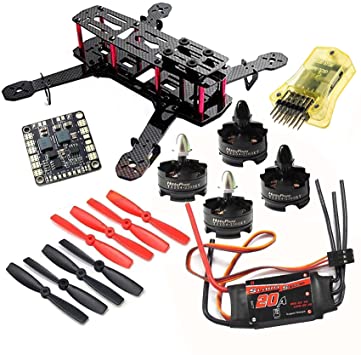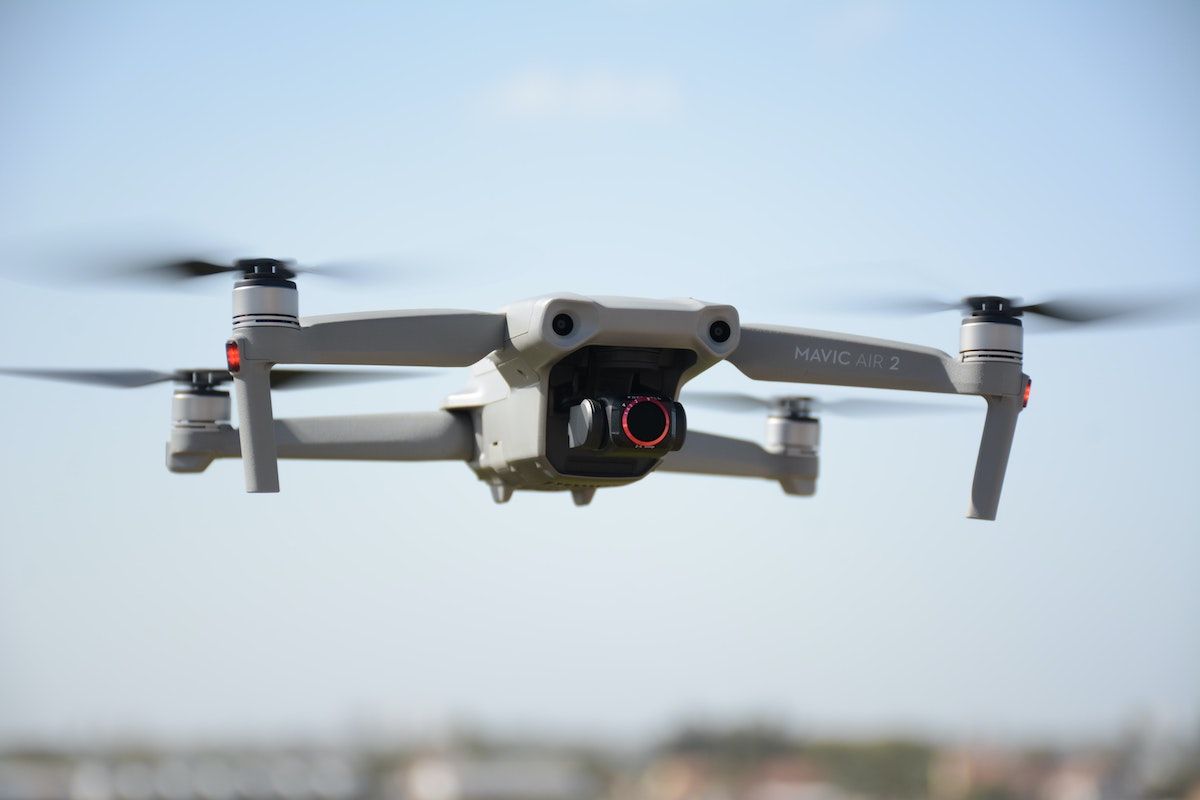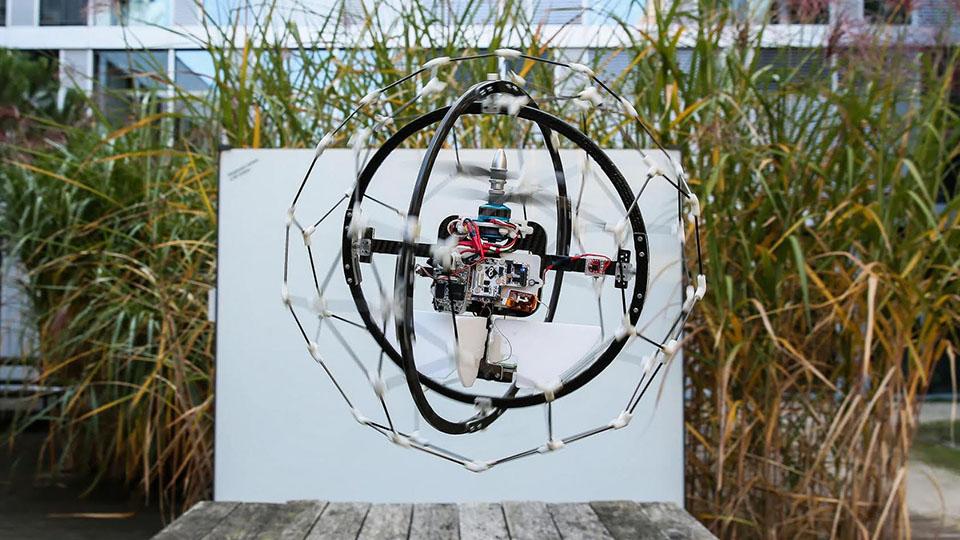
The use of drones for solar farms has many benefits. These machines reduce the risk of roof work and ensure that the solar panels are safe. Drones can also take thermal readings and zoom in on individual panels to help identify problems and errors quickly. This article will demonstrate how thermal imaging can help solar farms. Read on to learn how drones for solar farms can improve your operations.
Thermal camera on drone
FLIR Vue Pro (6640) thermal camera mounted on quadcopter. It had a focal length of 9mm and captured NADIR images at a rate of one every second. The thermal images had a resolution of approximately 10 centimeters in a first inspection. The second inspection produced eleven images that took less than five minutes each. After replacing work, the thermal images were enough for quick inspection. The thermal camera's high image overlap, low motion blur and other advantages are its best features.
This reduces human error
Drone technology offers many benefits. Drones are capable of performing many solar tasks such as monitoring, inspections that are time-critical, and planned maintenance. Operators can diagnose problems quickly and efficiently using data collected by drones. The technology can detect faulty solar panels and pinpoint problems before they result in loss of energy output. Drones are an essential tool in order to reduce human error in solar power plants evaluation.

Improves data quality
Drones can significantly improve the data quality of a solar farm and can provide thermal readings and zoom-in capabilities. The use of drones in solar operations can help PV operators ensure that their panels are properly installed and that the operations run smoothly. DJI Matrice drones rank among the top-tech industrial workers. They offer IP43 foul-weather capability, extended flight time, and are highly-recommended. In addition to their superior engineering capabilities, these drones excel in broadcasting/filmmaking functions and in the solar industry.
This speeds up inspections
Drones have the potential to dramatically accelerate solar inspections. Drones can fly for up to 10 km and scan individual panels. Manual solar inspections, however, can only scan a fraction of solar panels and produce inaccurate results. Drones are able to scan all modules and report their findings with greater accuracy. Using drones also helps solar farm operators reduce the cost of solar panels and reduce the need for human intervention.
Lowers costs
Drone technology is reducing costs in many sectors. One such sector is solar energy, where drones have the potential to cut costs by up to 70%. Drones offer a cost-effective method to evaluate the rooftop energy potential and perform maintenance inspections. They also scan land at 'exceptionally fast' speeds. This means that drones reduce the costs of solar operations in all phases, from planning to operations and maintenance.

FAQ
What is the best drone to buy for beginners?
The DJI Phantom 2 Vision+ is a popular beginner drone. The DJI Phantom 2 Vision+ comes with a 4K camera that allows you to capture high-quality aerial shots and videos. You can easily navigate this drone using its built-in GPS system.
What are the rules for operating drones?
You need to register your drone with the FAA. This registration involves information such as the weight, size, battery capability, and operating frequency. It also requires you to obtain an identification number from the FAA.
Is Drone Use Banned in Your Country?
The FAA prohibits drones from flying within close proximity to airports, stadiums and sporting events, as well as nuclear power plants, hospitals and prisons. They are allowed to fly at night by using GPS technology.
Which US states make drones legal?
You can legally fly a drone for personal use. Federal Aviation Administration (FAA), has issued guidelines that allow you to use small unmanned aircraft systems (UASs). These UASs must first be registered with FAA to be allowed to be flown. Commercial operators can also fly these devices provided certain conditions are met by the FAA.
Statistics
- According to the multiple listing service (MLS), houses and apartments with drone photographs are up to 68 percent more likely to sell than those without pictures. (thedroneu.com)
- According to industry research from ZipRecruiter , there are 10 cities where the typical salary for a Drone Pilot job is above the national average. (dronesgator.com)
- With the top 10% making over $100/h and the bottom 10% making as low as $10/h. (dronesgator.com)
External Links
How To
What is a Battery pack? And how can I replace it.
The main power source for your drone's motors is the battery pack. These packs provide enough power to keep your quadcopter in flight safely and smoothly.
A new drone will likely not have any noticeable differences in its battery pack. However, the battery pack will eventually wear down. It may stop working completely eventually. You will need to replace the battery in your drone to ensure it continues to function properly.
It is recommended to use the original replacement part when replacing a battery. A faulty battery pack could cause serious damage to your drone.
Follow these steps to replace a battery.
-
Disconnecting the battery connector cable is a good idea. This step ensures that your drone doesn't receive any electrical current. You can simply remove the battery connector cable from your drone to disconnect it.
-
Unscrew the battery. Remove the battery pack from your quadcopter's bottom. The battery pack is usually split into two pieces.
-
Locate the contact points. After you've taken out the battery pack, search for the battery contacts. These tiny metal pins connect to the battery and other components of the drone.
-
Install the new battery. Next, install the new battery into the drone. You will need to align the battery connectors from both ends of the battery package. Next, place the battery pack on the drone. Once done, tighten the bolts holding the battery pack in place.
-
Reattach the battery connector cable. After installing the new batteries, connect the battery connector to the drone.
-
Make sure to test the drone. Test the drone once more to make sure it is working correctly. You can be proud if your drone still works.